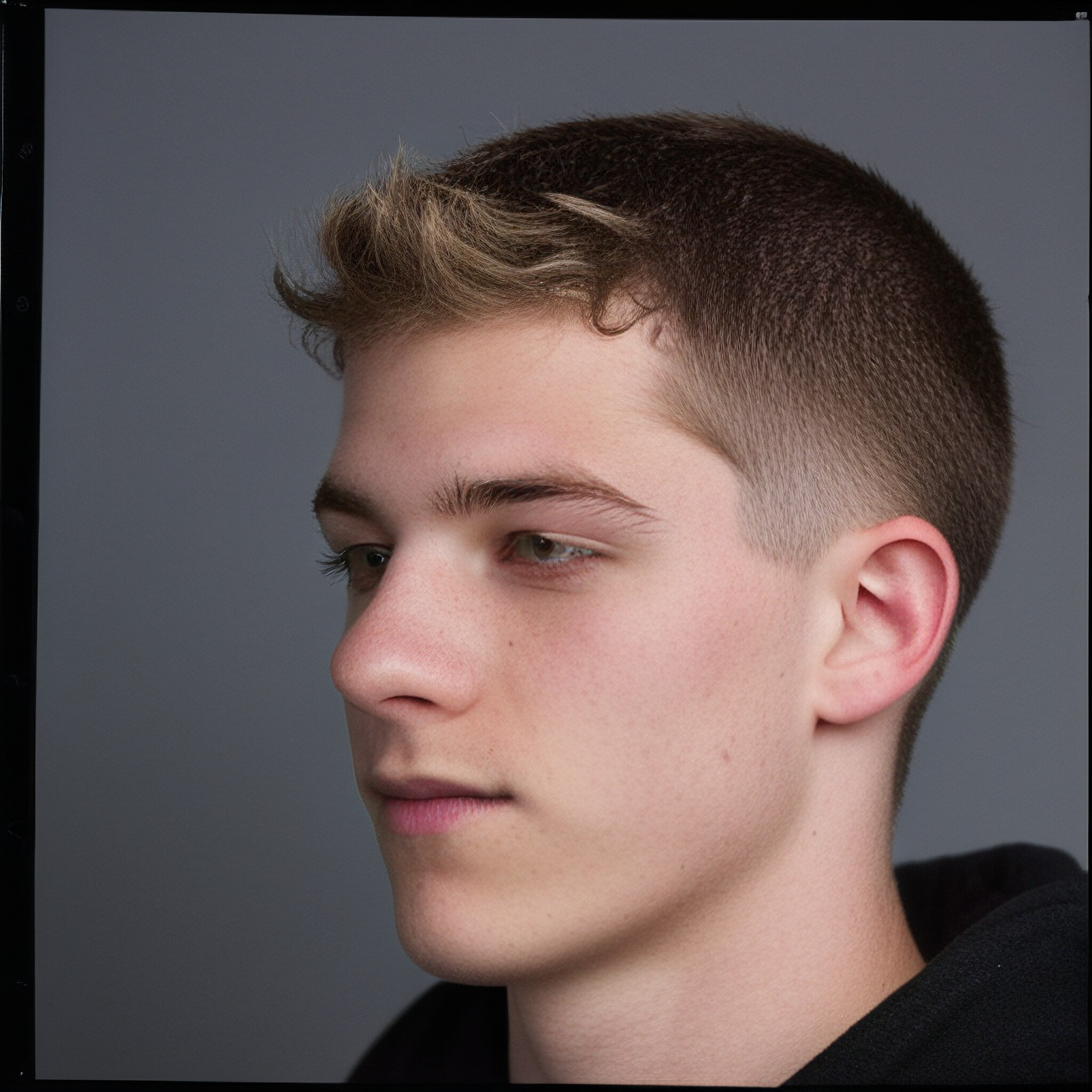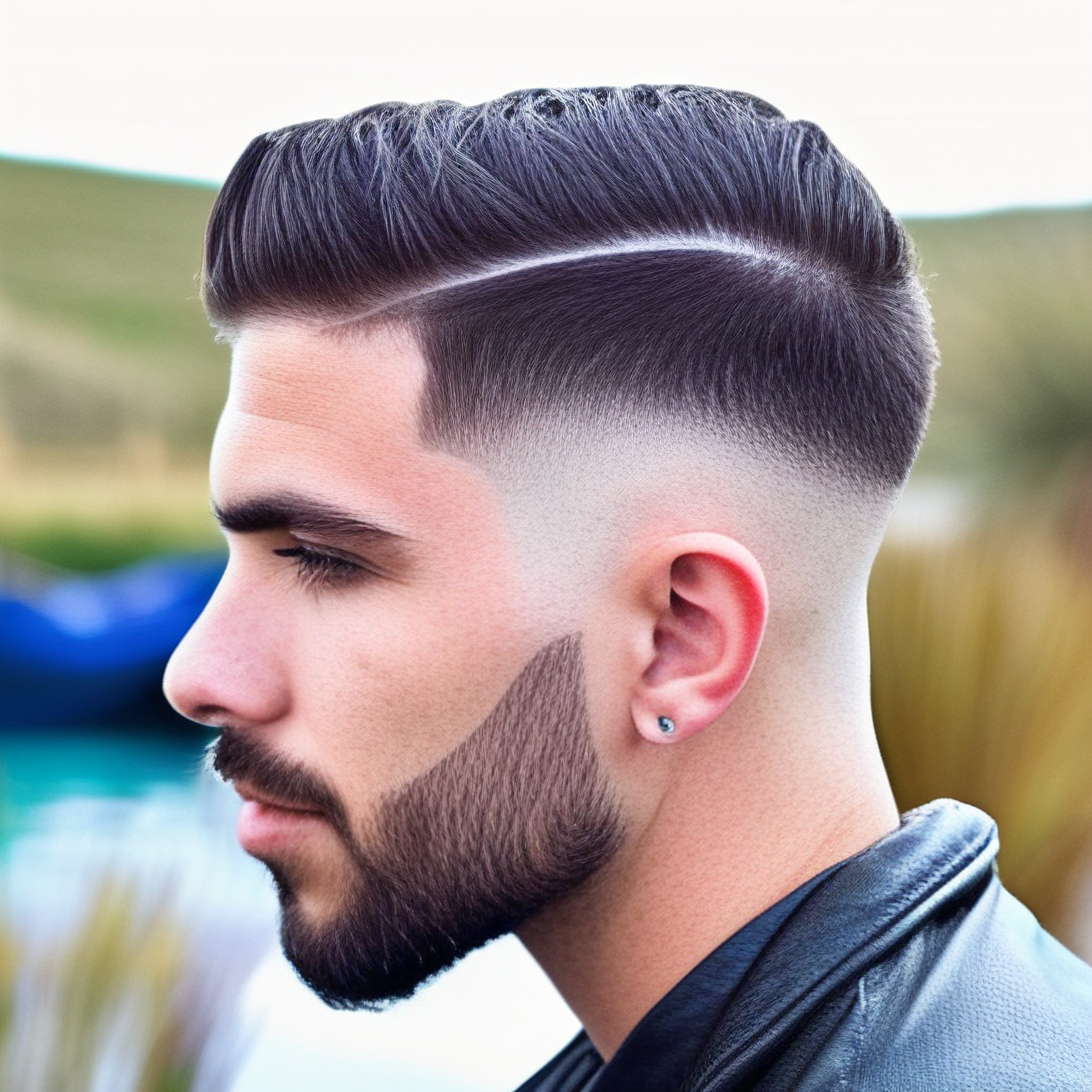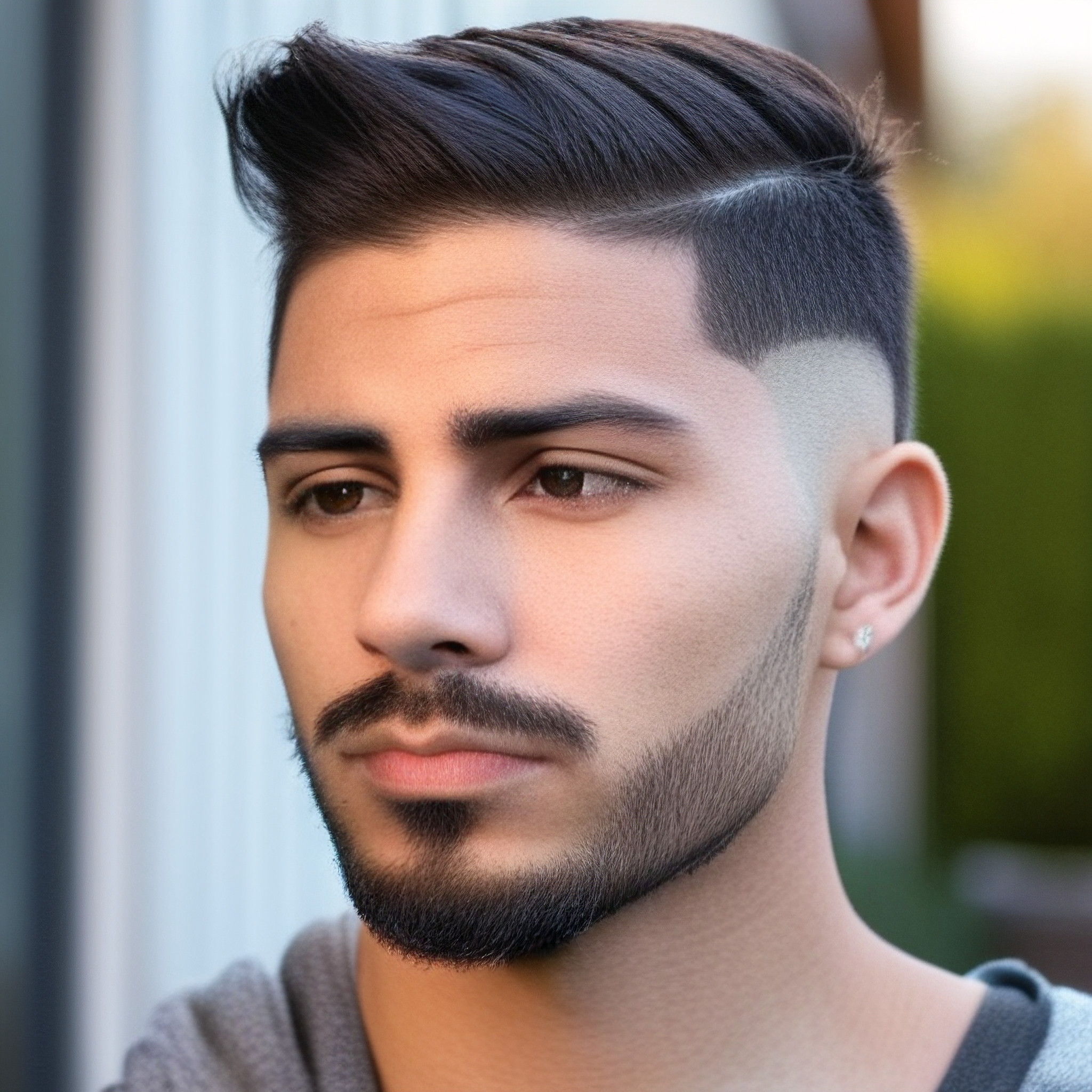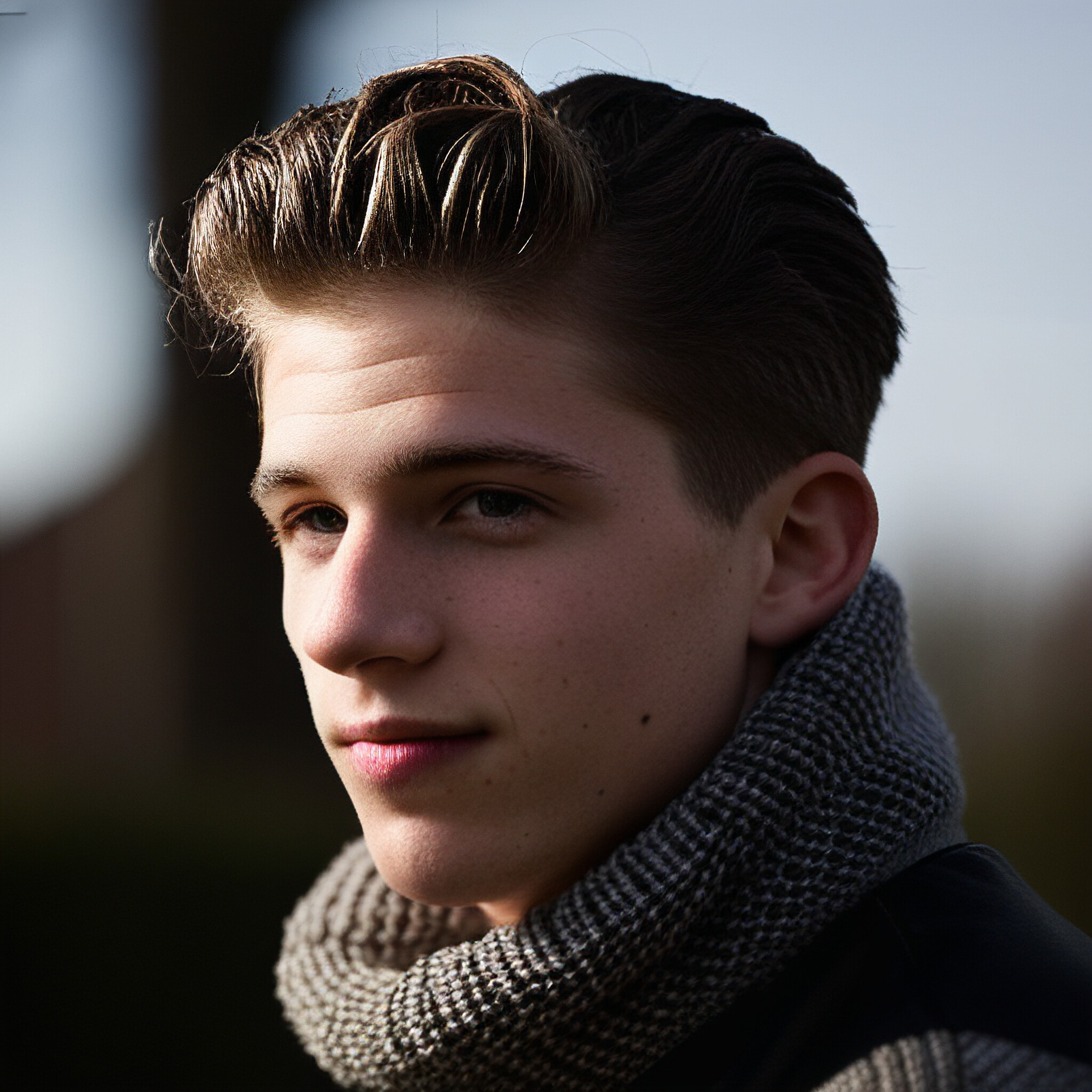The taper fade and low fade are two of the most popular hairstyles for men, known for their clean, sharp finishes. While they may appear similar at first glance, they differ in subtle but significant ways that impact the overall look, maintenance, and style versatility. Whether you're aiming for a polished professional appearance or something modern and trendy, understanding the differences between these fades can help you choose the right cut.
What is a Taper Fade?
The taper fade is a haircut where the hair gradually shortens from the top down to the sides and nape, with the transition being subtle and natural. The key feature of a taper fade is that it only focuses on the sideburns and neckline, leaving most of the sides longer compared to a full fade.
Key Features of a Taper Fade:
Hair shortens gradually only at the sideburns and the neckline.
The sides remain longer and less “faded” compared to other fades.
Offers a neat, subtle finish suitable for professional and casual settings.
Pros of a Taper Fade:
Low Maintenance: Because the taper focuses on smaller areas, it doesn’t require frequent touch-ups.
Versatile: Works well with all hair lengths and textures, making it a great option for anyone.
Professional Look: Its clean finish makes it ideal for formal and business settings.
Cons of a Taper Fade:
Less Dramatic: If you’re looking for a bold, trendy haircut, the taper fade might feel too subtle.
Limited Fade: Unlike low fades, the taper fade doesn’t extend high on the sides.
What is a Low Fade?
The low fade begins just above the ears and the nape of the neck, gradually fading the hair shorter as it moves downward. The low fade creates a soft, blended transition between the top and the sides, making it one of the most versatile and timeless fades.
Key Features of a Low Fade:
The fade starts lower on the head, near the ears and neckline.
The transition from long to short hair is smooth and gradual.
Works well with longer hairstyles on top, such as pompadours, textured crops, or slicked-back looks.
Pros of a Low Fade:
Classic and Stylish: A low fade offers a timeless, polished look that suits all face shapes.
Versatile Styling: Pairs beautifully with various hairstyles on top, from curly to straight.
Clean Finish: The low fade gives a neat, refined look without being overly bold.
Cons of a Low Fade:
Frequent Maintenance: The gradual fade can lose its sharpness quickly, requiring regular touch-ups.
Not as Subtle: For individuals seeking a less noticeable cut, the low fade might still feel too pronounced.
Key Differences Between a Taper Fade and a Low Fade
Here’s a breakdown of the major distinctions:
| Feature | TaperFade | LowFade |
|---|---|---|
| Fade Placement | Focuses on the sideburns and neckline | Starts just above the ears and nape |
| Transition Area | Very subtle and small | Covers a larger portion of the sides |
| Maintenance | Low maintenance | Requires frequent touch-ups |
| Versatility | Works with any hairstyle and length | Pairs well with longer styles on top |
| Appearance | Subtle, clean, and conservative | Stylish, polished, and more noticeable |
Which Style Should You Choose?
Choosing between a taper fade and a low fade depends on your personal preferences, lifestyle, and desired look.
Choose a Taper Fade if:
You prefer a more subtle, natural transition.
You want a hairstyle that requires less frequent maintenance.
You need a clean, professional look suitable for work or formal settings.
Choose a Low Fade if:
You want a sharper, more noticeable fade that adds style.
You enjoy experimenting with longer hairstyles on top.
You don’t mind regular trips to the barber for maintenance.
Conclusion
Both the taper fade and low fade offer clean, stylish finishes that can elevate your overall look. The taper fade is ideal for those seeking a subtle, low-maintenance cut, while the low fade delivers a more defined and versatile appearance. Whichever you choose, both styles can be customized to suit your hair type, face shape, and personal style. Next time you visit your barber, don’t hesitate to discuss your preferences and explore the possibilities—whether it’s a refined taper or a sleek low fade.





